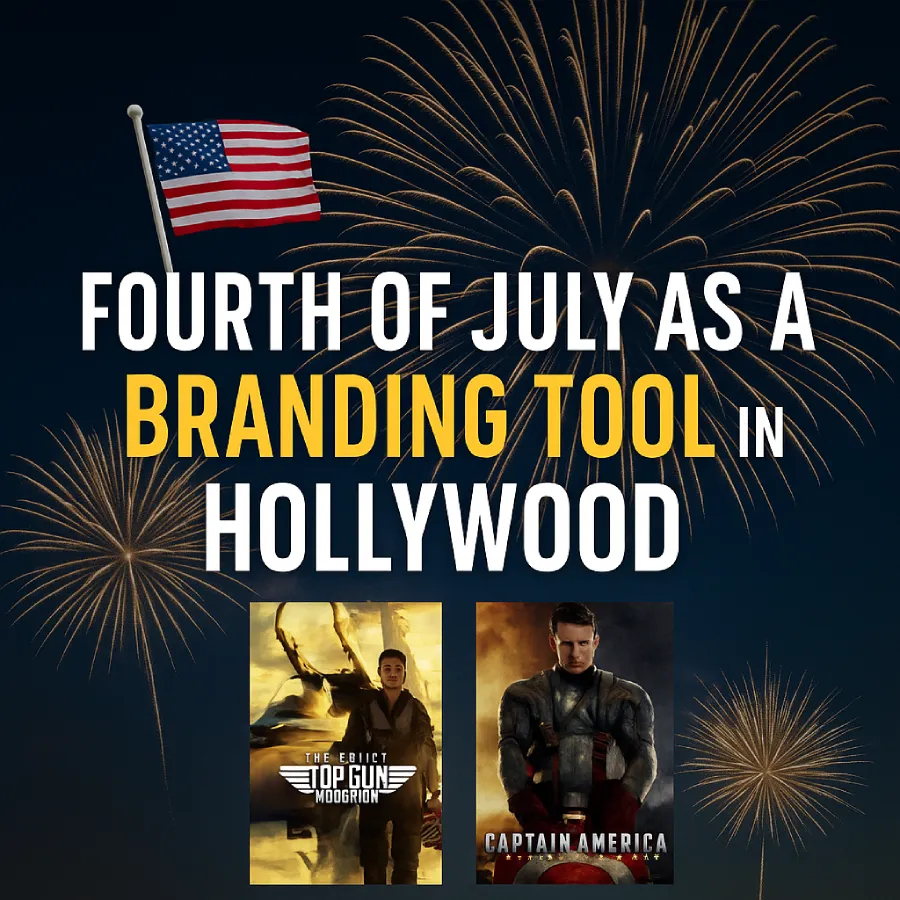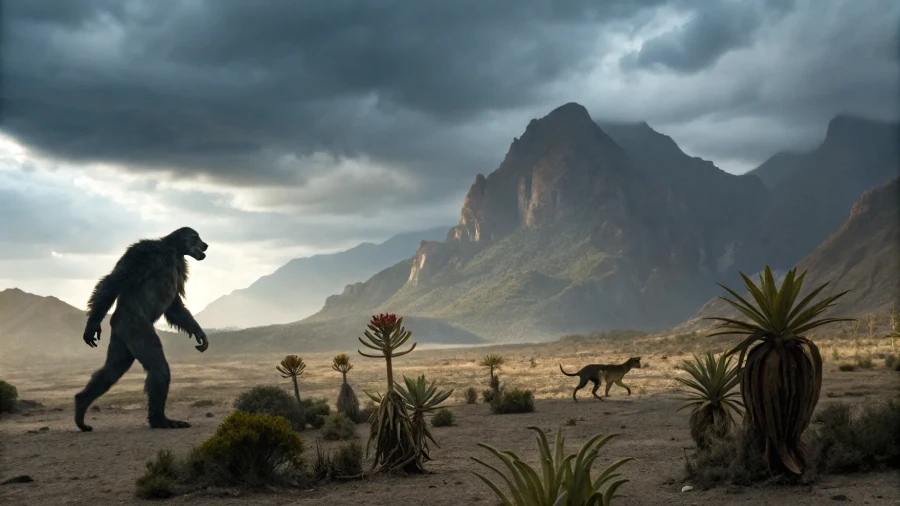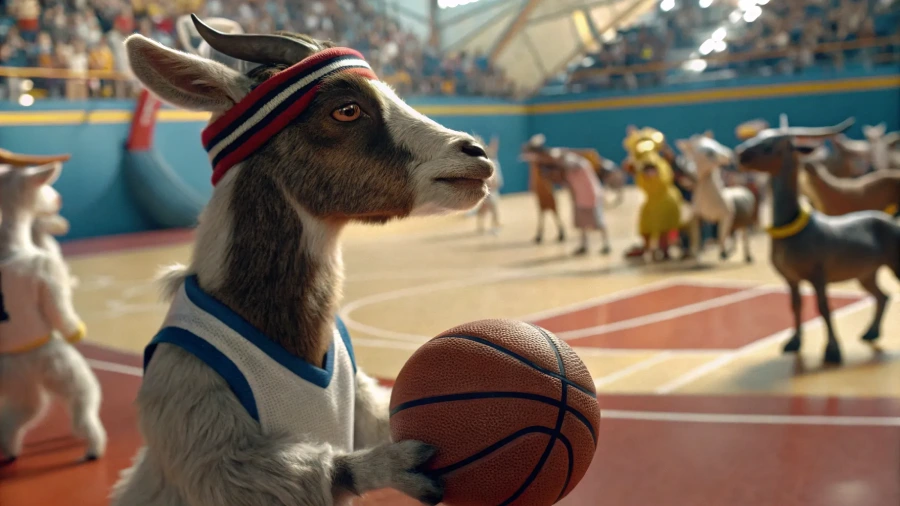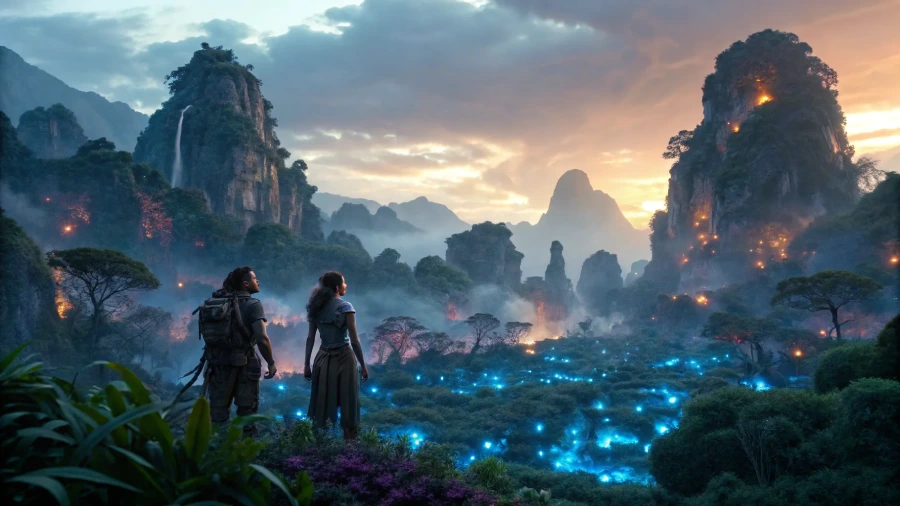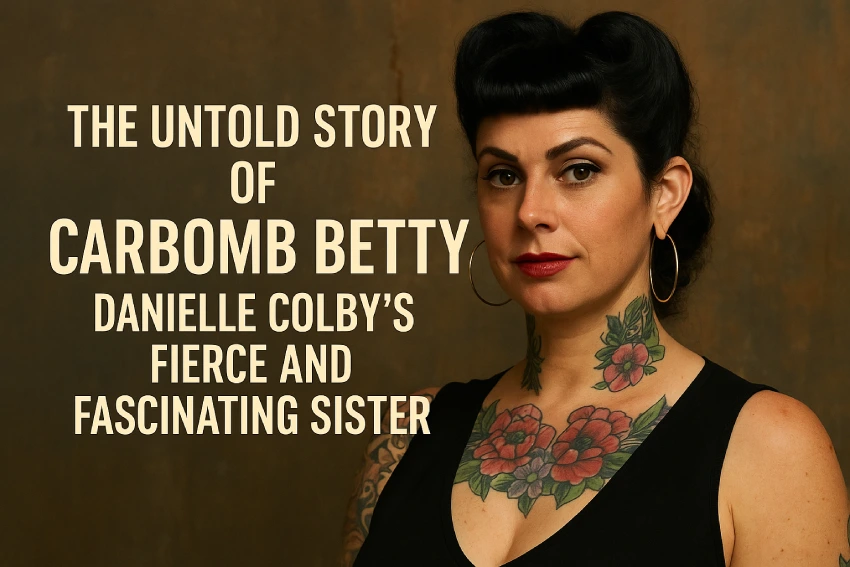For Hollywood, the Fourth of July is much more than a summer holiday—it’s a goldmine for storytelling, marketing, and cultural connection. When Americans think of July 4th, they imagine fireworks, parades, backyard barbecues, and a sense of shared national identity. Hollywood recognizes this emotional power and builds entire movie campaigns around the date, weaving patriotism, spectacle, and nostalgia into summer’s biggest blockbusters. Studios know that July 4th isn’t just a date on the calendar—it’s a ready-made brand, a shortcut to the heart of American audiences.
From the earliest days of cinema to today’s tentpole releases, Hollywood has used the symbolism and spirit of Independence Day to launch films that aim to unite audiences in theaters and ignite conversation across social media. Whether the theme is heroism, freedom, or just a really big explosion, July 4th helps transform movies from simple entertainment into national events. But what makes this holiday so uniquely effective—and why do audiences return year after year for these star-spangled spectacles?
Why Do Audiences Love July 4th Releases? (The Psychology and Data)
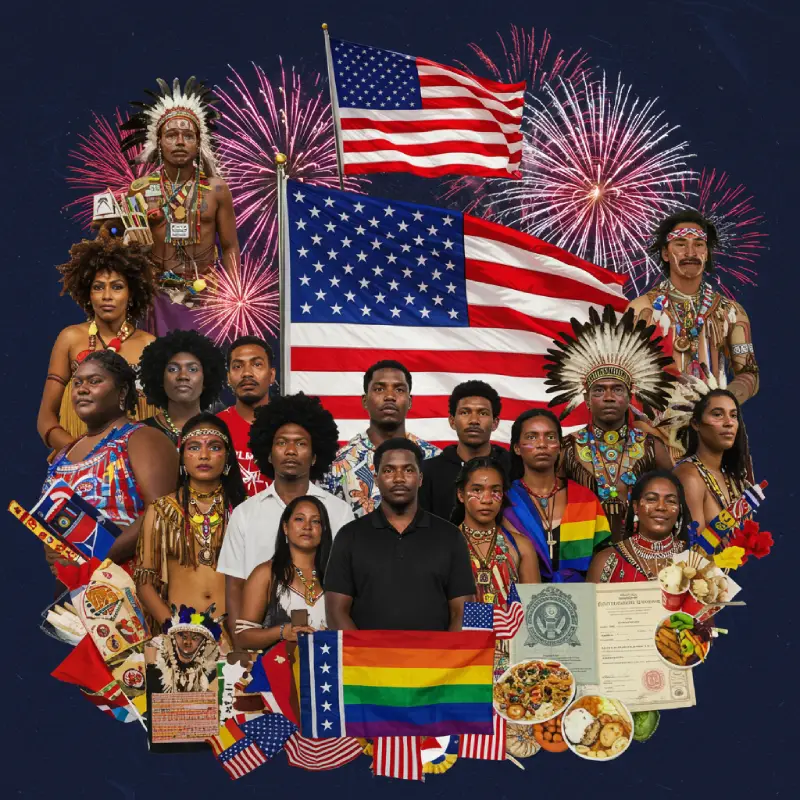
Emotional Resonance and Tradition
The Fourth of July is loaded with symbolism—freedom, hope, community, and pride. Studios harness these feelings in marketing campaigns that position new releases as more than just movies: they’re shared experiences, worthy of family outings or group events. Audiences are drawn to July 4th movies because they evoke feelings of unity and nostalgia. When a trailer pairs stirring music with images of the American flag, or shows heroes saving the day against impossible odds, viewers are reminded of their own memories of the holiday—fireworks, family, and feeling proud to be American.
Summer Blockbuster Season
The timing isn’t accidental. July 4th falls right in the middle of summer break for most U.S. schools. Families have time off, the weather is hot, and everyone’s looking for air-conditioned fun. Movie theaters become a prime destination, especially for big-budget releases with something for everyone. According to the National Association of Theatre Owners, July 4th is consistently one of the highest-grossing weekends of the year.
Box Office Data and Social Media Trends
- Box Office Mojo reports that July 4th releases from 2012–2022 earned, on average, over $85 million more on opening weekend than non-holiday summer debuts.
- Statista (2023) found that nearly 60% of U.S. moviegoers are more likely to see a film during July 4th weekend if it features patriotic themes or a big marketing push.
- Top Gun: Maverick (2022) had more than 2 million TikTok videos tagged during its release, showing how fans turn these movies into viral social moments.
Why Audiences Respond
Hollywood’s best July 4th releases make people feel like they’re part of something bigger—a national event, not just a movie night. This “event status” taps into a powerful human desire for community and collective joy, giving audiences not only a reason to watch but a reason to celebrate together.
A Brief History: Hollywood and Independence Day
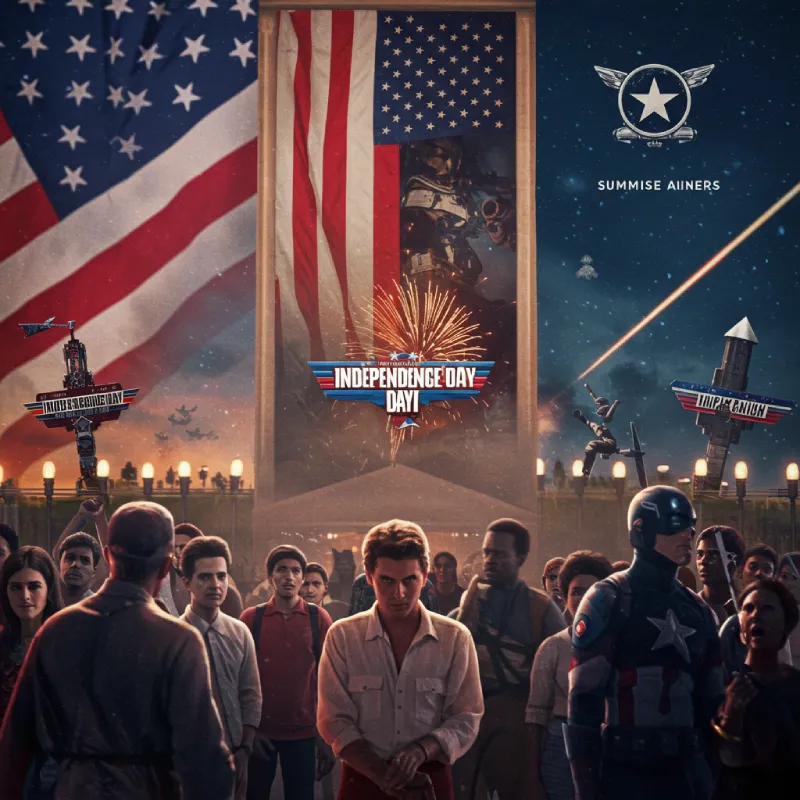
The Birth of the “Blockbuster Holiday”
The 1970s: Changing Movie Seasons
The idea of a “summer blockbuster” was born in the 1970s with films like Jaws (1975) and Star Wars (1977), which showed studios that the right timing could turn a movie into a cultural phenomenon. By the 1990s, July 4th had become the go-to weekend for major releases.
Independence Day (1996): Setting the Gold Standard
Independence Day took the July 4th branding to the next level. With its mix of alien invasions, all-star cast, and a President’s speech that went viral before viral was even a thing, the movie grossed $817 million worldwide. Its marketing campaign included partnerships with everything from soft drinks to action figures, making the film—and July 4th—inseparable in the minds of millions.
Patriotism in Pop Culture
The holiday branding continued with films like:
- Captain America: The First Avenger (2011): Released near July 4th, it played up the star-spangled hero’s connection to American ideals, with promotional events featuring military veterans, charity tie-ins, and even shield-shaped snacks.
- Top Gun: Maverick (2022): Timed for Memorial Day and the July 4th period, it revived nostalgia for 1980s patriotism while also appealing to new generations with its high-octane action and flag-waving visuals.
The Power of Nostalgia and Event Cinema
As Hollywood grew more global, July 4th branding continued to sell the promise of “event cinema”—movies that feel too big to watch at home, designed for collective viewing, and centered around national identity.
How Studios Use July 4th as a Branding Tool
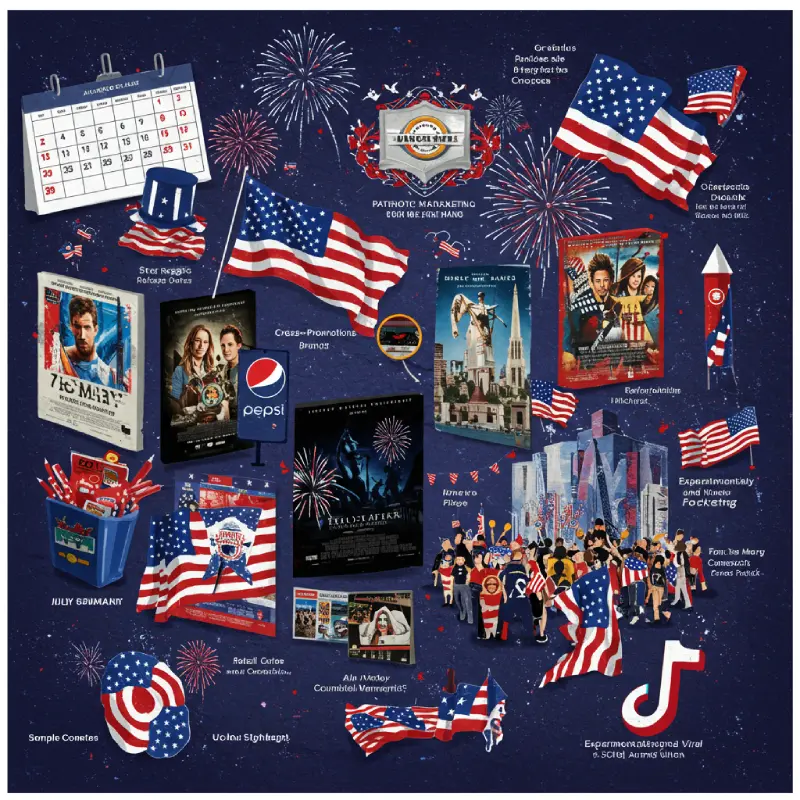
1. Strategic Release Dates
July 4th weekend is Hollywood real estate—so valuable that studios plan years ahead, moving release dates to avoid competition and ensure maximum attention. A summer tentpole opening around Independence Day is a statement: this is a movie that matters.
2. Patriotic Marketing: Visuals, Music, and Messaging
- Visual Branding: Movie posters, trailers, and social media teasers often feature red, white, and blue, along with iconic American imagery: flags, eagles, fireworks, and monuments.
- Music: Trailers use orchestral or pop versions of “The Star-Spangled Banner,” “Born in the USA,” or other familiar anthems to spark instant emotion.
- Taglines and Slogans: Examples include “This Summer, the World Fights Back” (Independence Day) or “His Country. His Duty. His Movie.” (Captain America).
3. Cross-Promotions and Partnerships
Brand tie-ins help expand the movie’s reach:
- National Brands: Pepsi, Budweiser, and Frito-Lay have all created July 4th tie-ins for major releases.
- Military Collaborations: The U.S. Navy and Air Force have worked with movies like Top Gun for authenticity and positive branding.
- Retail and Fast Food: Limited-edition products, toys, and snacks turn a movie into a nationwide campaign.
4. Experiential and Viral Marketing
- Special Events: Outdoor movie screenings, drive-ins, and even synchronized fireworks shows are common during July 4th releases.
- Social Media: TikTok and Instagram challenges, fan art contests, and themed parties create online buzz that spills over into real life. Fans are encouraged to dress as their favorite characters, share reaction videos, and make the movie part of their holiday traditions.
Case Studies: The Biggest July 4th Movie Brands
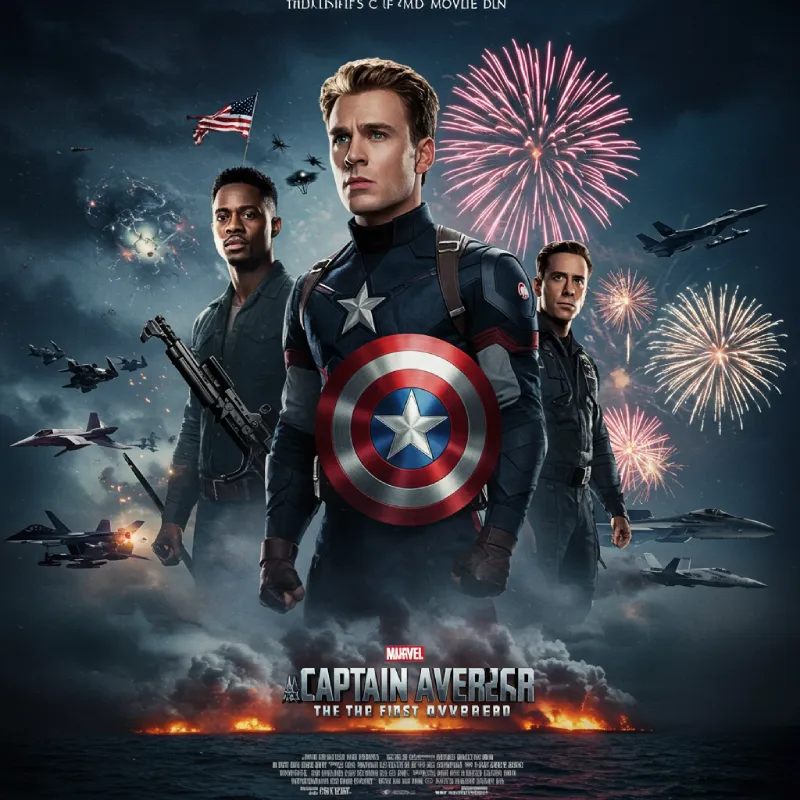
Independence Day (1996 & 2016)
Independence Day redefined the July 4th blockbuster, merging sci-fi spectacle with all-American heroics. The movie’s release was a marketing masterclass:
- Merchandise: From action figures to video games and even themed fireworks, the movie dominated summer retail.
- Iconic Moments: Bill Pullman’s “Today we celebrate our Independence Day!” speech became a touchstone for pop culture, quoted in memes and referenced in news broadcasts every year.
Captain America: The First Avenger
Marvel leaned hard into patriotic branding, timing the release near July 4th and using Captain America’s backstory to reflect themes of service and sacrifice:
- Promotions: Shield-shaped cookies, themed fitness events, and partnerships with military charities gave the movie a sense of community involvement and authenticity.
- Social Engagement: Fans shared photos with their own “Cap” shields, spreading the brand across Instagram and Twitter.
Top Gun: Maverick (2022)
The long-awaited sequel became a symbol of post-pandemic hope and nostalgia:
- Opening Weekend: Over $126 million, with fireworks displays and Navy flyovers at special screenings.
- Global Reach: Grossed $1.4 billion worldwide, proving that American branding can have global appeal when combined with action, heart, and great marketing.
Audience Appeal: Why Do People Love Patriotic Blockbusters?
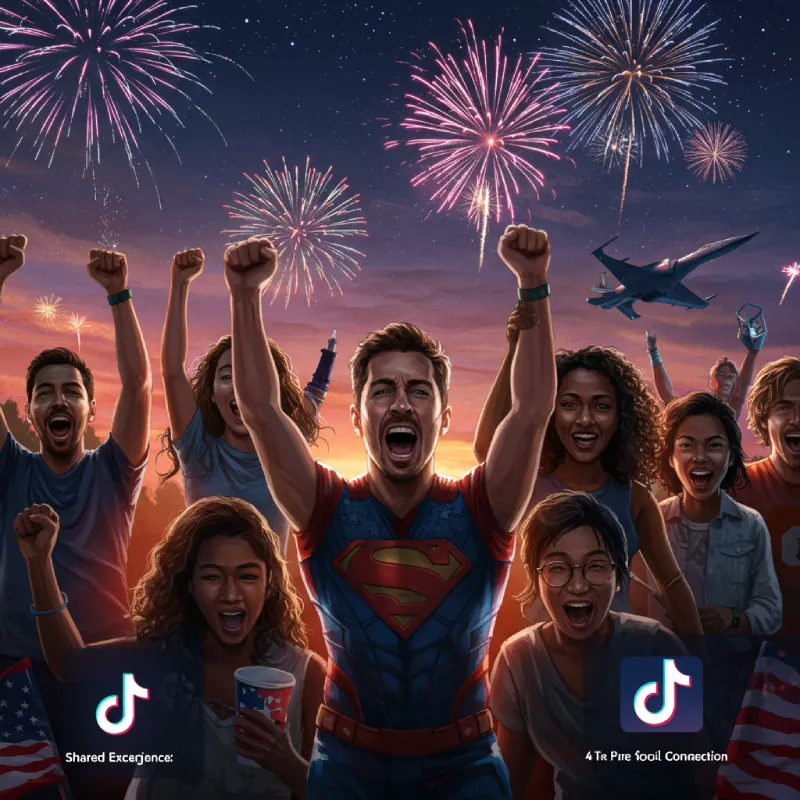
Shared National Experience
For many, going to the movies on July 4th is as traditional as grilling burgers or watching fireworks. Studios play into this by framing their releases as the “must-see event” of the summer—a chance to join millions of others in celebrating, laughing, and cheering together.
Escapism and Optimism
These movies offer epic escapism. Whether it’s fighter pilots saving the world or superheroes standing up for justice, patriotic blockbusters let audiences dream big. The spectacle is often paired with optimism—a belief that good will triumph and that American ideals still matter.
Belonging and Representation
When Hollywood uses July 4th branding, it invites everyone—regardless of background—to feel like part of the national story. More recent films also include diverse characters and storylines, reflecting modern America and making more people feel seen and included.
The Power of Social Connection
In the era of social media, being part of the conversation matters. July 4th movies spark online trends, fan art, TikTok dances, and countless reaction videos—turning viewers into participants and amplifying the movie’s reach.
The Data Speaks: July 4th Box Office Wins
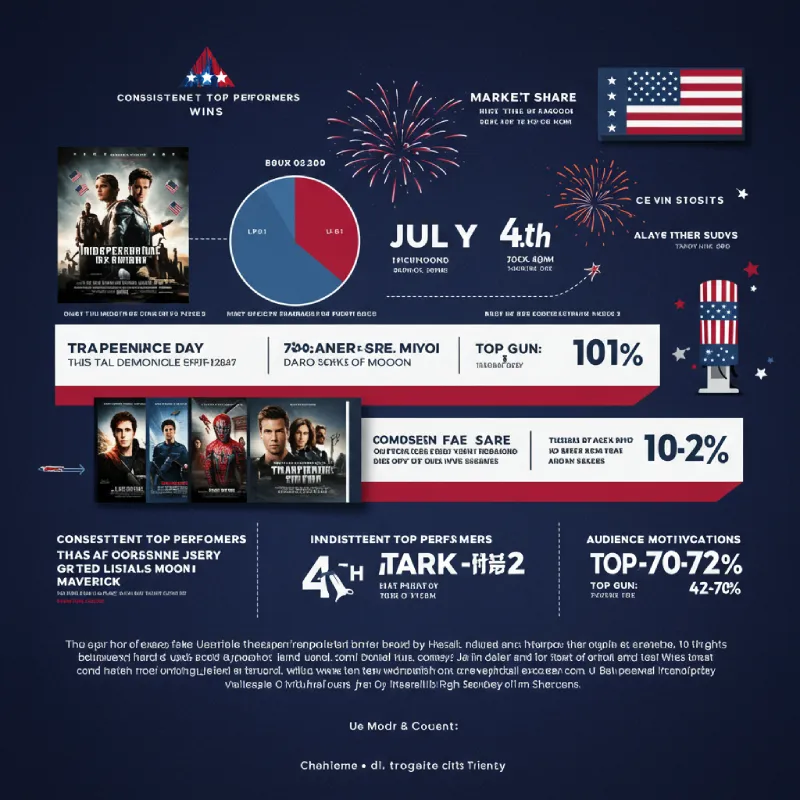
– Consistent Top Performers:
Independence Day ($817 million, 1996), Transformers: Dark of the Moon ($1.12 billion, 2011), Spider-Man 2 ($88 million opening, 2004), and Top Gun: Maverick ($1.4 billion, 2022) all made their mark by dominating July 4th weekends.
– Market Share:
According to Comscore, the July 4th weekend box office often makes up 10–12% of the summer’s total U.S. ticket sales.
– Audience Motivation:
Surveys show that patriotism, tradition, and curiosity about “event movies” are the top reasons audiences choose a July 4th release.
Challenges and Changing Narratives
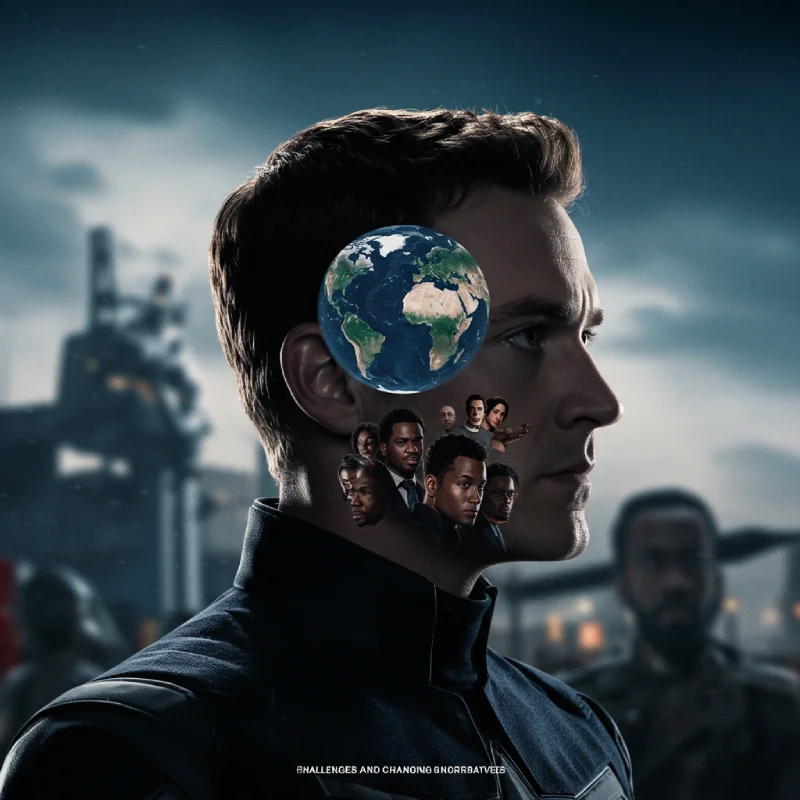
Audience Savvy and Subtlety
Modern viewers are more skeptical of empty flag-waving or shallow patriotism. Films now blend spectacle with real substance, questioning, reflecting, or even critiquing what it means to be American. Movies like Captain America: Civil War or The Forever Purge use July 4th as a platform for more complex discussions about freedom, diversity, and justice.
Globalization and Inclusive Storytelling
As Hollywood’s audience grows more international, July 4th branding increasingly includes themes of global unity, shared challenges, or multiple perspectives, making blockbusters resonate not just in the U.S., but worldwide.
Conclusion
For Hollywood and its audiences, the Fourth of July is more than a date—it’s a feeling, a tradition, and a cultural touchstone. Blockbusters released around July 4th bring together storytelling, spectacle, and shared identity. When done well, these movies offer both celebration and reflection—uniting millions in theaters and online, and making Independence Day feel bigger than ever.
The magic of a July 4th movie night is this: you’re not just watching a film—you’re participating in a uniquely American ritual, one that blends the thrill of fiction with the pride of being part of a national story.
FAQs
Why do so many big movies come out around July 4th?
Because it’s a high-grossing weekend, people have time off, and audiences are in the mood for spectacle and celebration. Patriotic marketing helps drive ticket sales and online buzz.
Are all July 4th movies about America?
Not always. While many use American themes, some are timed for the holiday simply because it’s a great opportunity to reach big audiences. The branding makes any story feel bigger and more important.
Has the strategy changed over time?
Yes. Today’s audiences expect more than just flag-waving, they want diverse casts, authentic storytelling, and sometimes, critical reflection on what America means.
What’s the most successful July 4th movie ever?
Independence Day (1996) set the standard, but Top Gun: Maverick (2022) broke records, combining nostalgia, patriotism, and star power.
